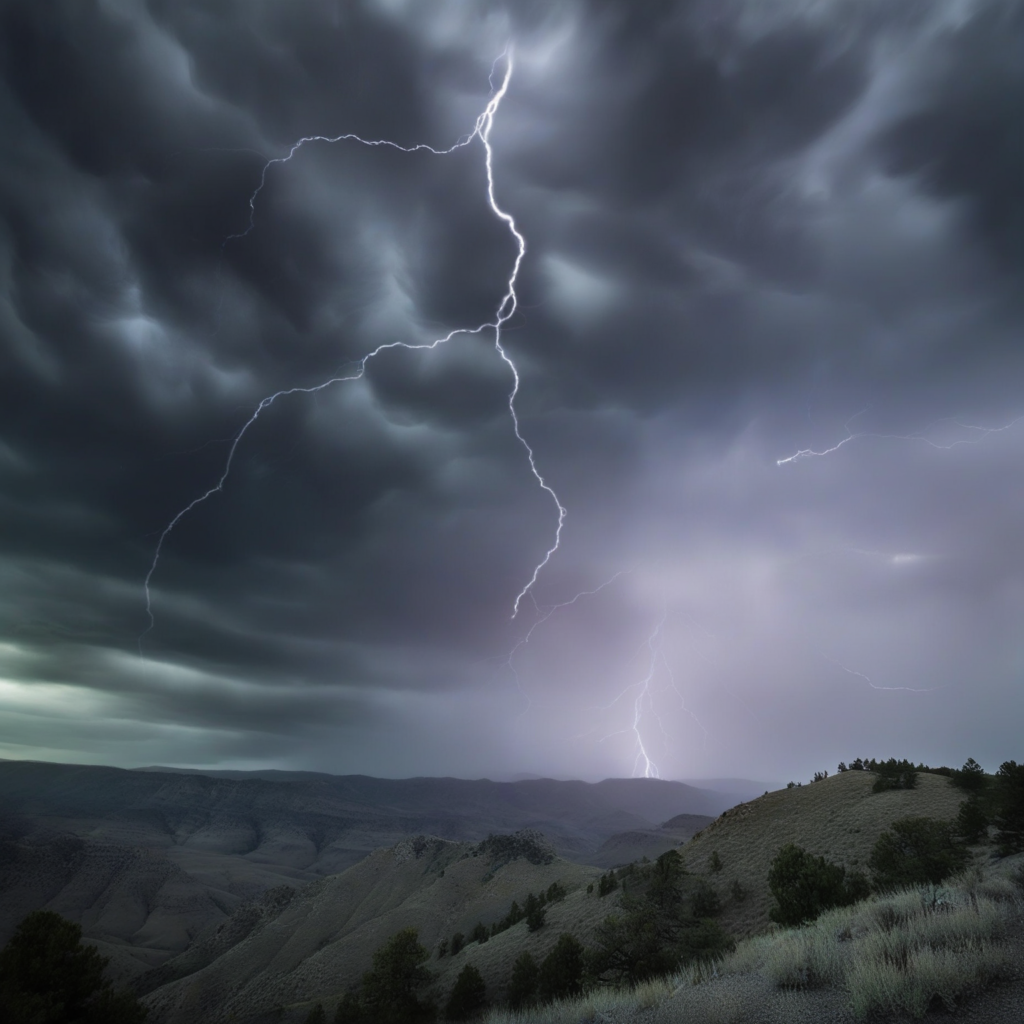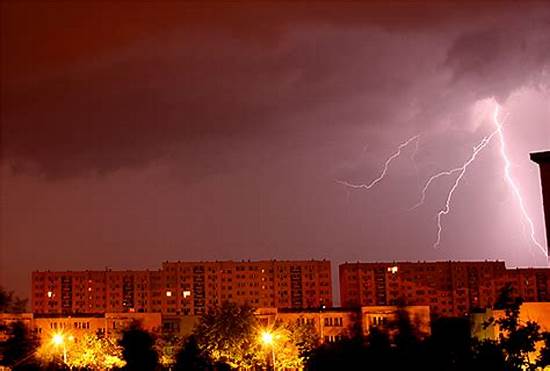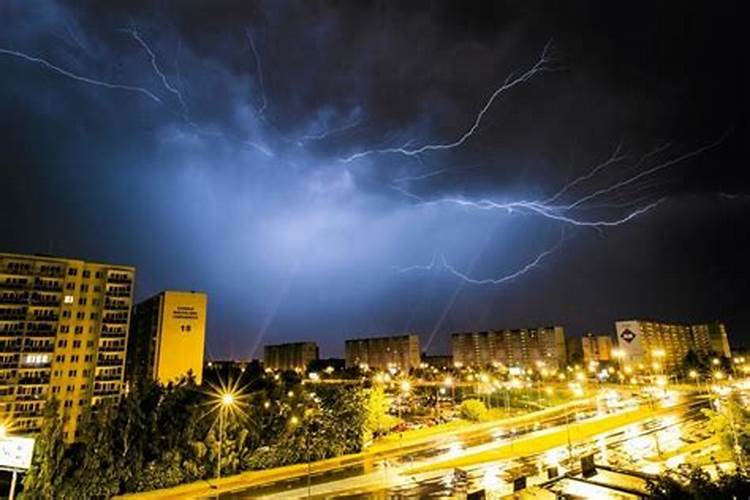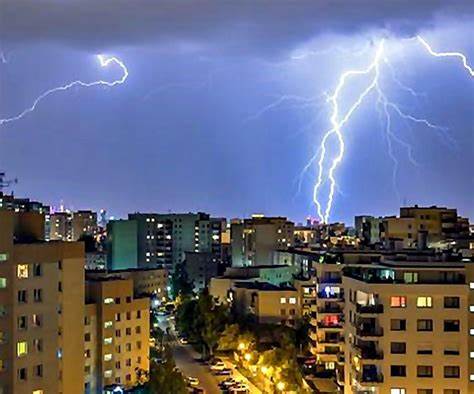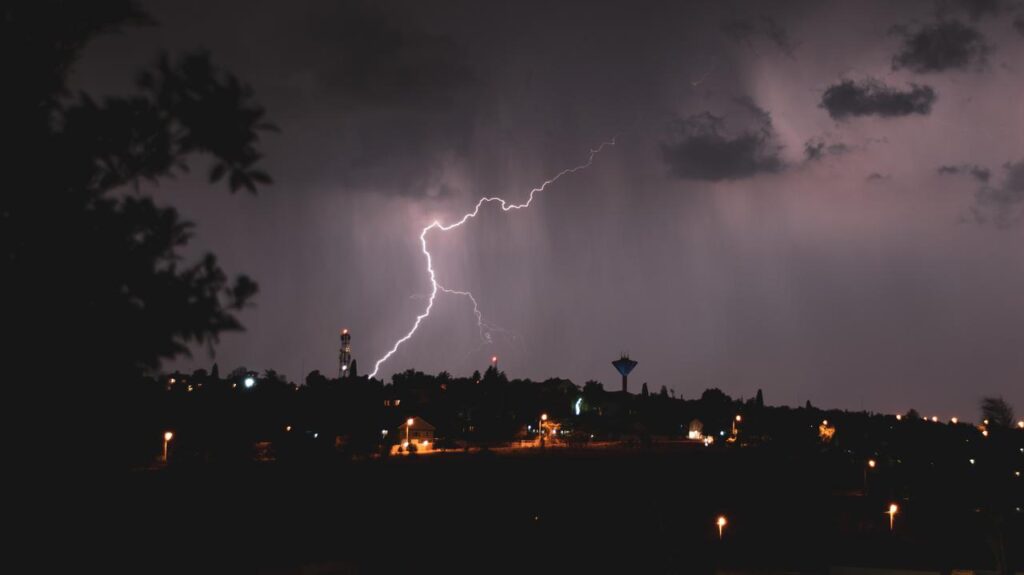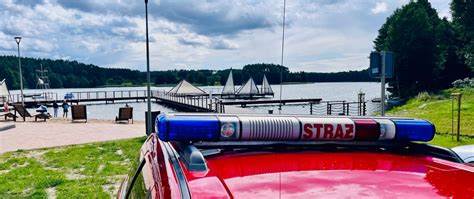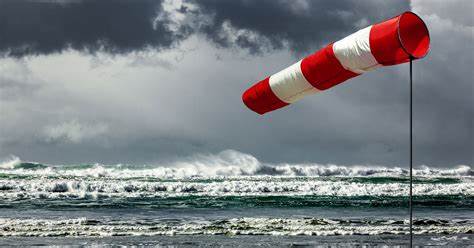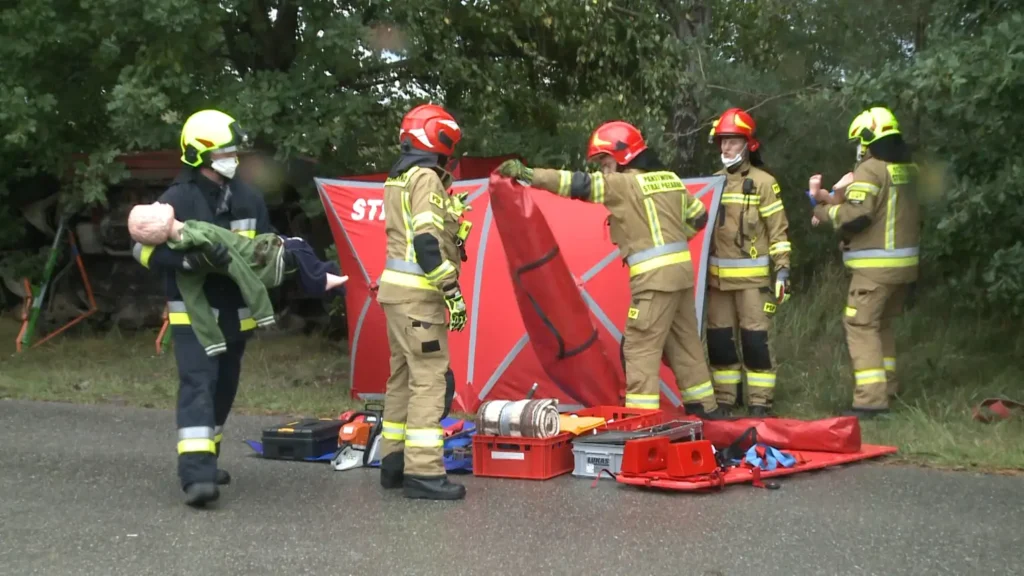Winds in Greece
Extreme winds in Greece, often related to the local climate, have serious consequences. The „Meltemi” wind occurs in the summer, bringing strong gusts that can reach speeds of up to 100 km/h. Although Meltemi provides relief from the heat, its strength can cause problems, especially in navigation, threatening the safety of boats. In recent years, Greece has also experienced hurricanes and tropical storms, such as Hurricane „Zorba” in 2018, which caused significant damage, coastal erosion, and material losses.
Winds in Poland and Greece
Föhn Wind
The föhn wind is a warm, dry wind that primarily occurs in mountainous regions, including Poland, especially in the Tatra Mountains. It blows from the south and forms when air moves over the mountains. As it descends from higher altitudes, it warms up and loses moisture, leading to a significant increase in temperature in the valleys.
This phenomenon is known for sudden and strong gusts that can lead to unpredictable weather conditions. The föhn often causes local warming and, in some cases, contributes to occurrences such as wildfires.
In Greece, the föhn wind is not typical; instead, other types of winds, such as sirocco and mistral, occur, each with different sources and characteristics. Thus, the föhn is a phenomenon more characteristic of Poland, particularly in mountainous areas.
Foehn Wind
The foehn wind is a warm, dry wind that blows from the direction of the mountains, mainly in Alpine and Carpathian regions. In Poland, it is particularly evident in the Tatra Mountains, where it forms as air rises over the mountains. When the air descends on the other side of the mountain range, it warms up and loses moisture, leading to a significant increase in temperature in the valleys.
The foehn is characterized by sudden and strong gusts that can influence the local climate, causing temperature spikes and reduced humidity. It is often associated with feelings of euphoria and improved mood, but it can also trigger headaches and other ailments in some individuals.
In Greece, the foehn wind is not as common as in Poland. There, other winds, such as mistral and sirocco, have different sources and properties. Therefore, the foehn wind is a phenomenon more characteristic of Poland, especially in mountainous areas.
Westerly Wind
The westerly wind blows from the western direction and is one of the most commonly occurring types of winds in both Poland and Greece, influencing the climate of both countries. In Poland, the westerly wind brings moist air from the Atlantic Ocean, often leading to rainfall, particularly during the autumn and winter seasons. This type of wind significantly impacts weather conditions in the central and western parts of the country, contributing to a reduction in temperature differences between summer and winter.
In Greece, the westerly wind also has its significance, particularly in the context of the Meltemi wind, which blows from the northwest in summer. The westerly wind in Greece can bring warm, moist air, influencing local climate conditions, but it is not as dominant as in Poland.
Bora
Bora is a strong, cold wind that blows from the northern or northeastern direction. It is particularly intense in mountainous areas, where the air descends from heights. Bora is known for its violent gusts that can reach high speeds, and its effects often lead to sudden drops in temperature and significant cooling.
In Poland, bora occurs mainly in mountainous areas, such as the Tatra and Bieszczady Mountains, but it is less common than other types of winds. In Poland’s mountainous regions, it can bring frigid air, impacting winter weather conditions.
In Greece, bora is much better known and occurs regularly, especially in the Adriatic region and the northern parts of the country, such as Thassos and Chios. There, this wind can bring very strong gusts, causing significant changes in atmospheric conditions.
Mistral
Mistral is a strong, cold wind that blows from the northern or northwestern direction, particularly in the Rhône Valley region of France. It is characterized by high speeds and is known for bringing clear and cool weather, along with significant drops in temperature. Mistral occurs when cold air descends from the mountains, resulting in intense winds that can last from several days to a few weeks.
In Greece, mistral also occurs, especially in northern regions and over the Aegean Sea. It influences climate conditions by bringing cooler air in summer and can affect local weather systems.
In Poland, mistral is not a typical phenomenon and does not occur in the same form. Poland has other winds, such as föhn and foehn, which have different sources and characteristics.
Sirocco
Sirocco is a hot, dry wind that blows from the southern direction, usually from the Sahara towards the Mediterranean Sea. It is particularly known in southern Europe, including Greece, where it brings high temperatures along with dust and sand. Sirocco can cause significant air pollution and reduce visibility.
In Greece, sirocco occurs regularly, especially in spring and summer, influencing the local climate. It can bring heat and cause shortness of breath and other health issues, especially for those with respiratory problems.
In Poland, sirocco is not a typical phenomenon. Although warm winds from the south can occasionally occur, they do not have the characteristics or intensity of sirocco.
Meltemi
Meltemi is a northern wind that mainly occurs in summer on the Greek Aegean islands. It is characterized by cool, dry air, providing relief from the heat. Meltemi usually has a moderate to strong speed, and its intensity can increase as it approaches the islands, potentially leading to gusty conditions. This wind is particularly appreciated by sailors as it creates favorable sailing conditions.
In Greece, meltemi is known for its impact on climate and weather conditions, and its presence can last from several days to a few weeks during the peak summer season.
In Poland, meltemi does not occur. Poland has other types of winds, such as föhn and foehn, but lacks the winds characteristic of the Aegean Sea region, like meltemi.
Cretan Wind
The Cretan wind is a local, warm wind that blows from the northern and northeastern direction, particularly in the region of Crete. It is associated with meteorological phenomena occurring in the Mediterranean, bringing warm and often dry air. The Cretan wind can have moderate to strong speeds, and its effect can lead to a rapid increase in temperature on the island, particularly felt during summer.
In Greece, this wind is well known and influences the local climate, especially during the summer, bringing warm days and reducing air humidity. It can also affect sailing conditions around the island.
In Poland, the Cretan wind does not occur, as it is a phenomenon typical of the Mediterranean region. In Poland, other types of winds can be found, such as föhn and foehn, which have different sources and properties.

